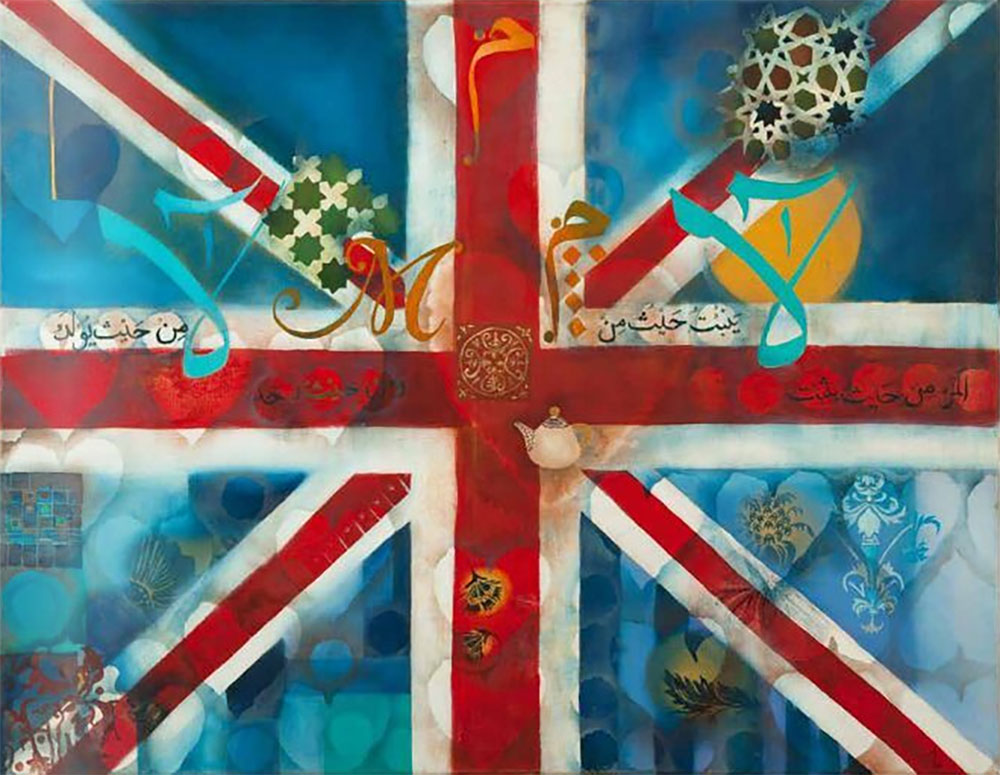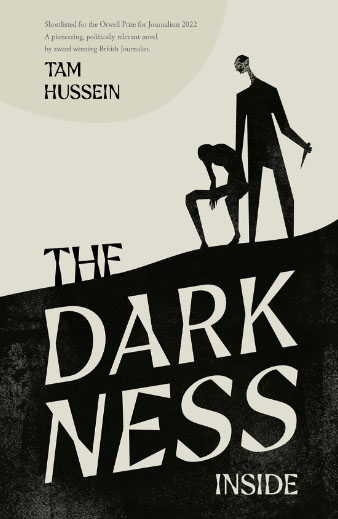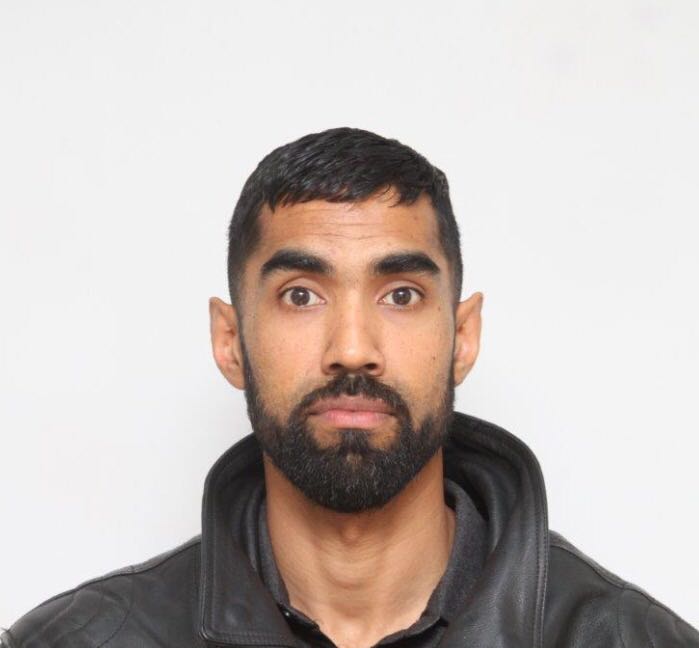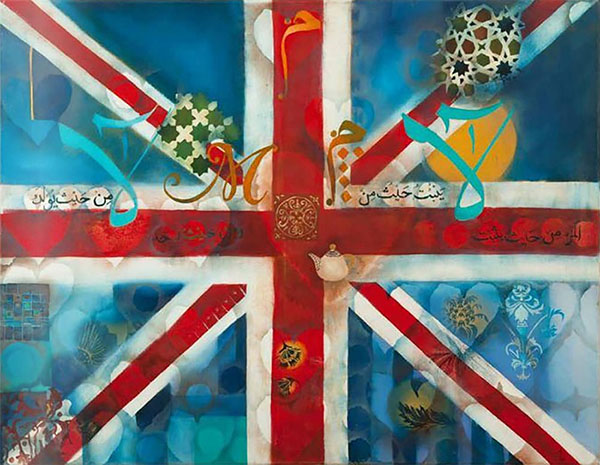
The Darkness Inside, a novel by Tam Hussein
Tam Hussein, 2022
ISBN 9798448460005
Ghazi Gheblawi
We live in a world where access to information has become essential and at the same time, effortless. We’ve forgotten a time when we relied on others to collect, edit and present information. In the age of the citizen journalist, the democratization of information, and the social media influencer, the dissemination of news and stories isn’t exclusive to an elite media professionals, who receive training to sort out and present the latest events and reports to the masses. Rather, anyone with a basic knowledge of navigating social media apps on affordable handheld devices can and is able to become a media channel, regardless of truth or fact.

This is the world we experience through Tam Hussein’s debut novel, The Darkness Inside. A world where mainstream media is finding it difficult to compete with the individual social media user and the verified influencer, who amasses hundreds of thousands of followers who will believe almost anything these self-made journalists say or write.
In this post-truth world, with its “alternative facts,” the traditional journalist gets sucked into a rabid pursuit of online indicators of supposed success in the form of number of followers, clicks, likes and retweets, and yet somehow, they still hope to explore the darkness within the human condition.
Saeed Khan, or Sid, is an investigative journalist who has built a reputation on being driven. He pursues stories with determination as he seeks recognition and success. With his enigmatic background, which bridges race and class in contemporary Britain, he’s developed a personality that is emotionally guarded and reserved, even as he invests all his passion into solving the mystery of what seems to be just another murder within the stabbing epidemic that has made London infamous across the Western world.
Sid works for a new online blog/news website called the Loop, one that bears a resemblance to many online news websites that are trying to modernize the way news has been produced for generations:
Sid…walked toward the converted warehouse that had been turned into a snazzy media venture where everyone apart from the editor was below the age of thirty-five. Outside, a crowd of vapers, vegans, pescatarians and God knows what else had gathered. They were interns and people desperate for bylines, verified social media accounts…They were all over-friendly and greeted each other with kisses on the cheek even if they had only met once; the sort of people who tweeted their feelings on their timeline and expected the whole world to give a shit.
Martha, a Loop editor and Italian expat Sid met and befriended in university, recruits him to work for her as journalist; the emotional tension between them drives their relationship. Sid’s obsession with success and his pursuit to get the “blue tick” or verification profile on Twitter seems like the novelist’s way to criticize modern-day journalists’ need for social media recognition, rather than presenting the truth and facts and holding authority and power to account.
Sid begins to investigate the murder of Anis Ferjani in Croydon, an area of south London that is full of all the contradictions and diversity that make the city rich and beguiling. Anis was fatally stabbed, but Sid refuses to accept that he is just another victim of gang warfare.
When Sid arrived at the spot in the car park where Anis had been killed, he found it had been turned into a shrine. Flowers of all colours, small candles and cuddly teddy bears, now soggy on account of the rain, sat there with the other teddies still smiling. There were cards and other objects that tried their best to remember the victim…
Among the condolence messages at the shrine are two that intrigue the inveterate reporter, “R.I.P. Bro. You are a true Mujahid” and “You fought like a lion.” Sid begins searching for clues about Anis Ferjani but finds at first that he is an enigma — a red flag.
Months go by but the police turn up nothing and Sid wonders whether a white stabbing victim would receive more consideration than a Muslim. He contends with a thin veil of racism at the Loop, where a white reporter urged him to sniff around at the Ferjani crime scene, because being brown, he would blend in with the locals. Through sheer stubbornness and dedication, Sid manages to uncover the truth behind the identity of Anis and his associates. He uncovers a world of ex-militants and seasoned jihadists who managed to come back to Britain from their murderous war adventures in Afghanistan, Libya and Syria, while seeming to keep their identities and previous pursuits a secret from everyone, including the police and intelligence agencies.
Through evocative description, Sid takes us on a journey through the world of British-born and bred jihadists. In literary thriller style, Hussein manages to bring alive the experience of living through war — with all its destruction, pain and gory death.

After many encounters with these “rehabilitated” fundamentalists, Sid comes too close to revealing the truth behind the killing of Anis in the streets of London. He becomes a target himself; someone wants to prevent him from finding out why and how this group of dangerous murderers has been able to operate with impunity in Britain.
After an assassination attempt confines Sid to a hospital bed, flickering between life and death, Martha, filled with guilt and passion, becomes as obsessed as he is with revealing the truth. She comes close, in her pursuit, to losing her life.
Sid manages to get his scoop, revealing the “truth” behind the killing of Anis and a scandalous cover up at the height of the British security establishment. He succeeds in achieving “blue tick” status on Twitter. But he has sacrificed everything to reach his moment of glory, leaving the reader conflicted between admiring his resilience and abhorring his professional ruthlessness.
The Darkness Inside is an indictment of today’s popular obsession with clickbait and the blurring of lines between journalists and politicians. As Tom Gardner, a journalist and Sid’s friend, poignantly puts it, “We are meant to hold the various executives to account… keep a sentient citizenry informed…These days the director of the Beeb [BBC] leaves for a job in Downing Street.”
Gardner encapsulates the crisis in today’s news reporting: “I am under pressure from editors to give them juicier and juicier stuff. So, people will click on it. Everything is a two- or three-minute read…people’s tweets become news…You know humanity is in trouble when entertainers are in power, and the media has been captured by the whims of the audience.”
Hussein has covered war in Afghanistan and the Arab world and coauthored (with Abdullah Anas) To The Mountains, My Life in Jihad, from Algeria to Afghanistan. He utilizes his experience as an investigative journalist to create a literary thriller with multilayered characters and gripping events. Hussein balances the difficult aim of the novel to inform and entertain, remains witty all the while, and never loses sight of the serious aspect of the issues he presents. Hussein’s style and subject matter — journalism, war and spies — bridge the worlds of other renowned novelists of these genres, including Stieg Larsson, Robert Harris and John le Carré. With great care to detail and a fluid narrative, The Darkness Inside manages to keep us hooked and alert, leaving us wondering whether we’ll meet Sid again in a future book.




